Hot Work – What Is the Proper PPE for Workers?
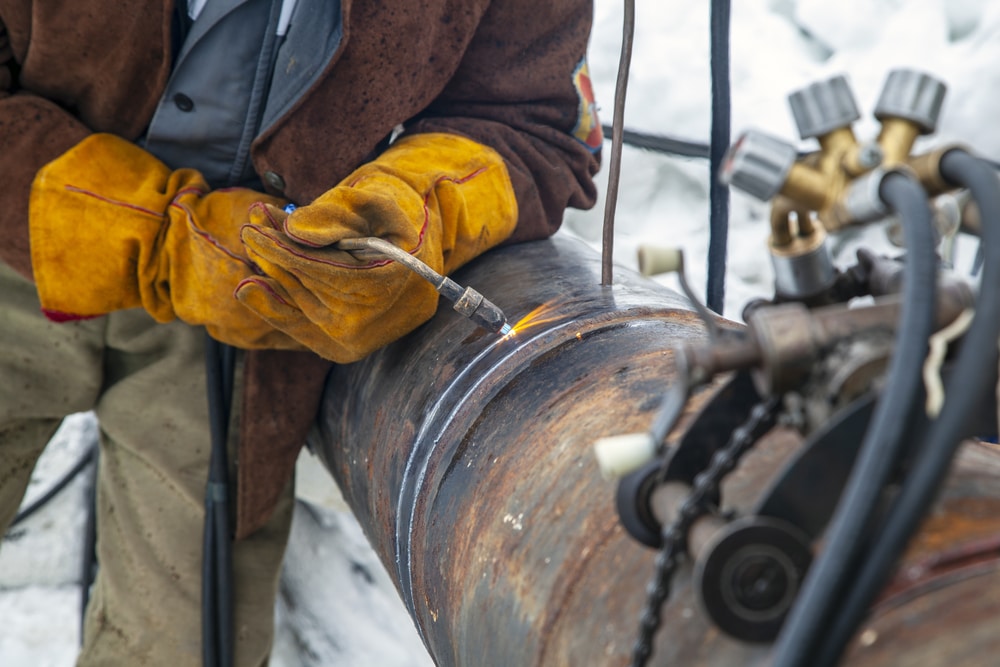
In the hands of skilled workers, hot work processes like welding, cutting, brazing, soldering, and more can forge remarkable structures and bring visions to life. But inherent in these important processes is a danger that demands constant vigilance: the risk of severe sears, sparks, and potential catastrophes.
To mitigate these hazards effectively, it’s crucial to arm workers with knowledge and the proper personal protective equipment (PPE). OSHA does maintain a Standard for Hot Work, and that is 1917.152.
We will delve into hot work operations, exploring the inherent dangers involved and the essential safety measures to keep both workers and worksites secure – including a breakdown of the proper hot work PPE required to keep the flames at bay. We also have a Hot Work Training course that you should check out.
Hot Work Hazards: The Dangers of Performing Hot Work
Fire Hazards
The threat of fire, burns, and related injuries is ever-present within the realm of hot work. The intense heat generated during arc welding, cutting, or brazing can quickly ignite combustible materials, leading to a full-blown fire if not properly controlled.
Moreover, the searing temperatures and flying sparks pose a significant risk to workers in the vicinity. Severe burns, both thermal and ultraviolet, can occur instantly if someone with exposed skin is in the area, leading to lasting physical and emotional scars.
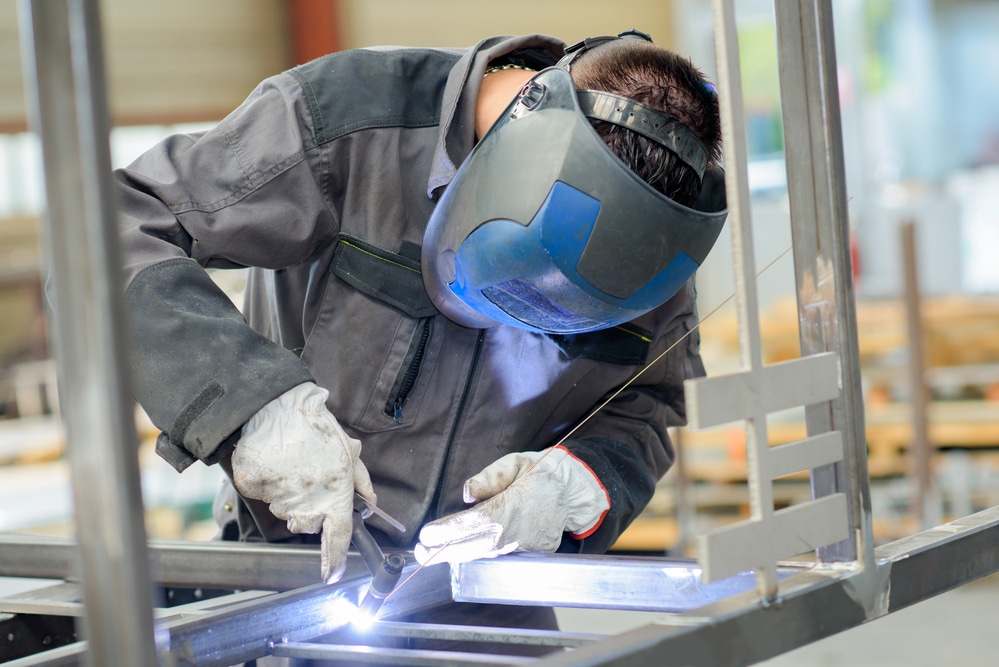
Health Hazards
The fumes and gases produced during hot work operations can contain toxic substances that, when inhaled, threaten the respiratory system. These hazardous fumes can cause short-term symptoms like dizziness and nausea or more long-term effects such as respiratory diseases and lung damage. That’s one reason why ventilation in hot work areas is so important.
Furthermore, in terms of overall health hazards, the intense light radiation emitted during hot work can result in eye strain, flash sears, or even permanent vision impairment if proper eye protection is not utilized.
Electric Hazards
In hot work activities, electric hazards add another dimension of danger that must be carefully considered. Electrical equipment, such as welding machines or power tools, introduces the risk of electric shock and electrocution to any welder or worker.
Improper grounding, faulty equipment, or inadequate insulation can amplify these hazards. Additionally, the combination of water, metal, and electricity in some hot work environments can lead to a lethal mix.
Workers must be trained to identify potential electrical hazards, ensure proper grounding and insulation, and use appropriate lockout/tagout procedures when necessary.
Personal Protective Equipment
Head Protection
In the dynamic world of hot work, safeguarding the head is paramount. The potential for falling objects, debris, or overhead hazards demands reliable head cover.
This is where the significance of headgear, such as welding helmets, hard hats, and earplugs comes into play. These essential pieces of hot work PPE protect personnel from the impact of falling objects and provide a sturdy barrier against potential head and noise-related injuries in hot work activities.
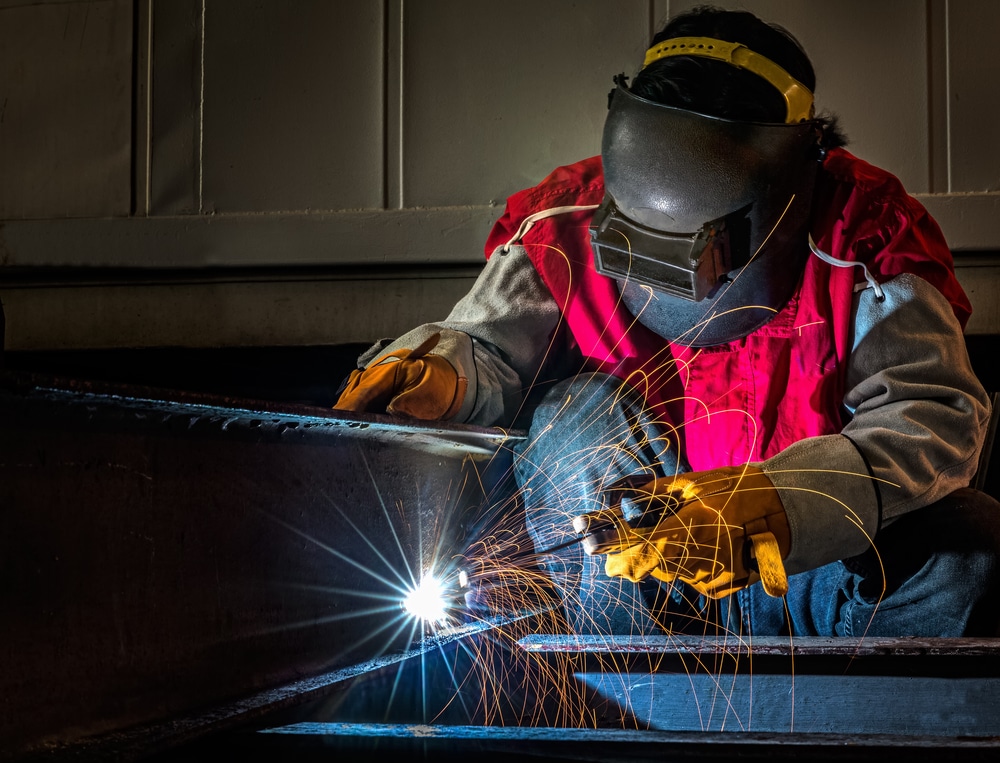
Eye and Face Protection
The risks of eye injuries, flash sears, and chemical exposure necessitate reliable eye and face protection. Safety goggles, face shields, and welding helmets with built-in visors are essential components of this defense. A strong face shield, in particular, can be the difference in saving someone’s life.
These shields of clarity and security offer a line of defense against potential radiation exposure, sparks, and accidents during activities such as arc welding and cutting, ensuring that workers can protect their vision and their faces from harm.
Respiratory Protection
In welding work (or any hot work activity), where fumes, gases, radiant energy, and airborne particles abound, protecting the respiratory system is paramount. The inhalation of hazardous substances poses significant health risks to workers, so gear protecting the respiratory system is a crucial aspect of hot work PPE.
Respirators and masks with efficient filters are a barrier against harmful airborne contaminants. Fit testing, regular maintenance, and filter replacement will ensure optimal effectiveness.
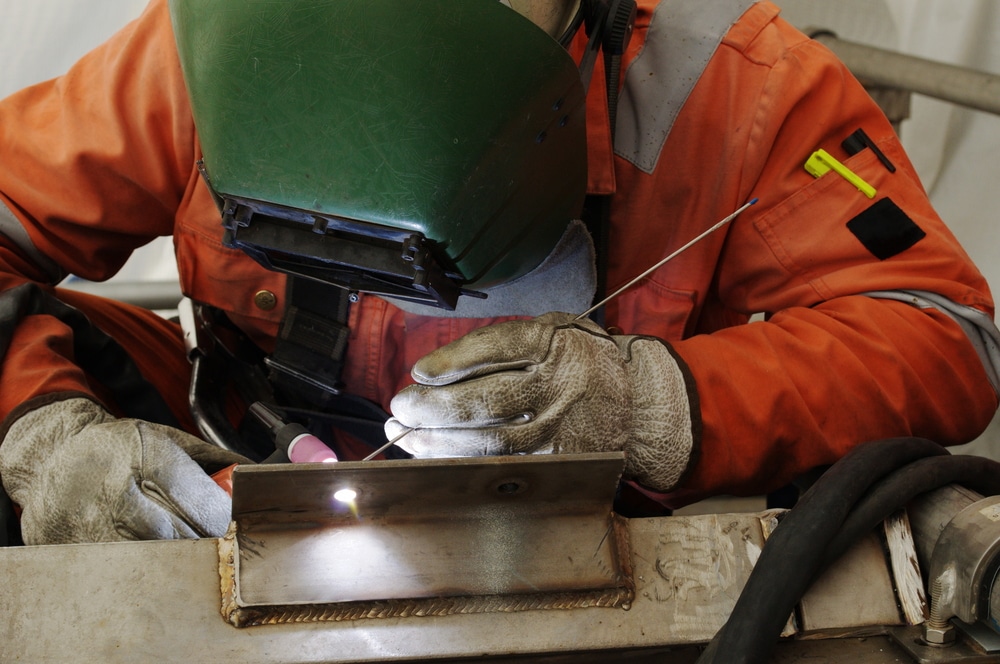
Hand and Arm Protection
For any welder performing hot work, the hands and arms are always vulnerable to sears, cuts, and punctures, which is why providing hand and arm safety gear is essential.
Heat-resistant gloves, welding gloves, and arm sleeves form a crucial defense against the intense temperatures and potential hazards of flammable materials. These protective measures shield any welder from sears caused by hot surfaces or splatters of molten metal and also offer a sturdy barrier against cuts and punctures from sharp objects.
Body Protection
Hot work environments present a multitude of hazards that demand comprehensive body defense. Flame-resistant clothing, welding jackets, and aprons are key components in protecting a worker against heat, sparks, radiation exposure, flammable materials, and molten metal splashes.
These fire-resistant layers act as a barrier, minimizing the risk of sears and injuries to the torso and limbs. The importance of proper garment fit, quality materials, and additional layers of security when necessary cannot be overstated.
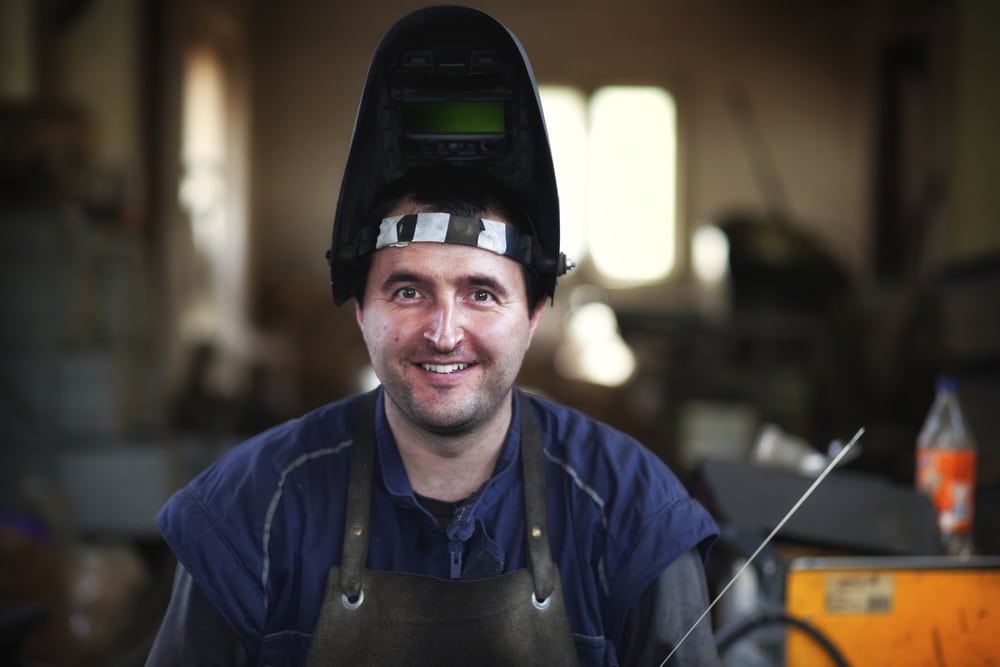
Foot and Leg Protection
Safeguarding the feet and legs is paramount for overall welder safety. The potential for sears from hot surfaces or untimely slips in a hazardous area necessitates sturdy and reliable foot and leg cover.
Safety footwear, heat-resistant boots, and leg guards shield against these hazards, ensuring workers can confidently move through the fiery environment with a secure footing. Sturdy soles, metatarsal-protecting equipment, and proper fit offer a secure line of defense against potential accidents.
What Precautions Should Be Taken During Hot Work Operations?
Securing a Hot Work Permit
Hot work permits serve as a formal authorization process that ensures all necessary safety precautions are taken before commencing work. A hot work permit involves thoroughly assessing the work area, identifying potential hazards, and implementing appropriate control measures.
This permit system also includes notifying relevant personnel, securing fire extinguishers and other equipment, and establishing communication procedures.
By adhering to a comprehensive hot work permit process, you can prioritize safety precautions, minimize safety risks, and create a structured framework to establish control measures to mitigate potential fire incidents and safeguard workers and the worksite.
Establishing a Fire Watcher
Implementing a fire watcher is a critical precaution during hot work activities.
A designated fire watcher, trained in fire prevention and equipped with fire extinguishing tools, maintains constant vigilance over the hot works area. Their role is to detect and respond promptly to any potential fire hazards that may arise.
By closely monitoring the surroundings, identifying combustible materials, and being prepared to extinguish fires swiftly, the fire watcher acts as an additional layer of safety, leaving other employees free to do their jobs in relative safety.

Implementing a Welding Booth and Fire Blankets
Establishing a designated welding booth within the hot work area provides a controlled and safe environment for arc welding tasks in all hot work operations. These welding booths help contain sparks and fumes, reducing the risk of fires or injuries to nearby welding personnel.
Moreover, a fire blanket strategically placed in the job site effectively prevents fires, swiftly smothering open flames in the case of unexpected ignition sources flaring up.
Final Thoughts
In the dangerous environment of hot work, where fire and hot metal intertwine, sparks can fly at any given moment and lead to perilous circumstances, making it crucial to ensure all tasks are carried out safely.
By understanding all the possible hot work hazards, utilizing the appropriate hot work PPE, and implementing the necessary safety precautions, we can mitigate risks and create a secure environment where welders, blacksmiths, and other workers can focus on their jobs.